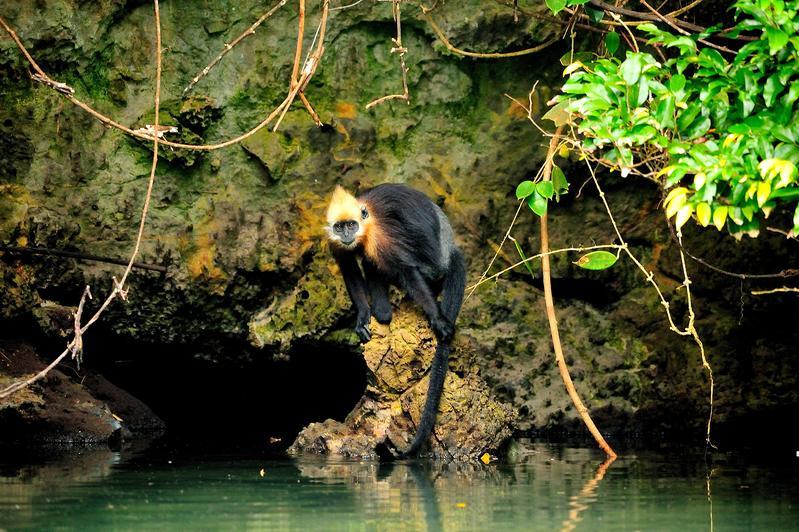A recent study from the German Primate Center and Leipzig Zoo has revealed the remarkable adaptability of the critically endangered Cat Ba langurs (Trachypithecus poliocephalus), despite their low genetic diversity. The study highlights their unique ability to drink salt water, a crucial adaptation for survival on Cat Ba Island in Vietnam, where freshwater sources are limited.
The Cat Ba langur population has dramatically declined from several hundred to fewer than 100 individuals, primarily due to hunting, poaching, and habitat loss. Currently, the population is estimated at around 85, still facing threats from habitat fragmentation and tourism. Despite these challenges, genetic analysis indicates that the species has maintained diversity in functionally important genes, which aids their survival in changing environmental conditions.
The Cat Ba Langur Conservation Project, initiated in 2000, aims to protect this rare species and its habitat. Since 2019, Leipzig Zoo has been pivotal in implementing the project, which includes a rescue center for langurs rescued from illegal wildlife trade. While there has been progress in population recovery, experts stress the urgent need for ongoing conservation efforts to ensure the species’ long-term survival.
